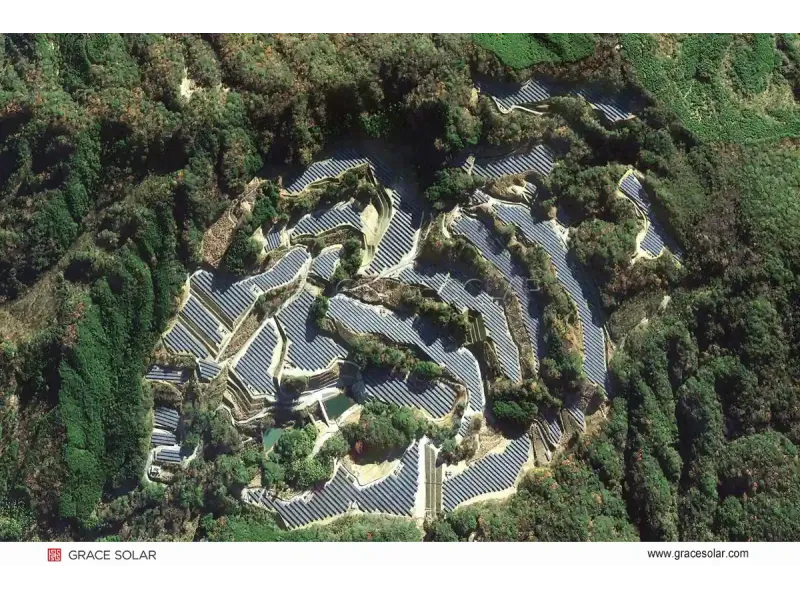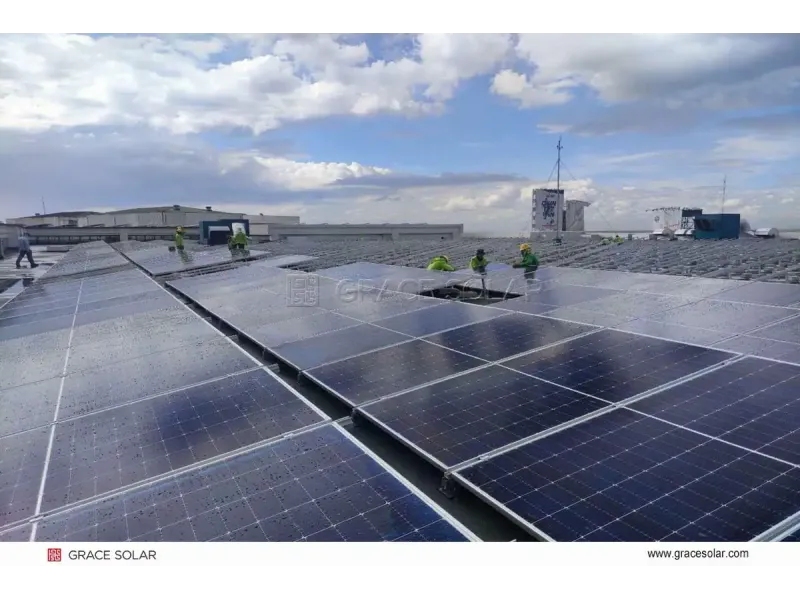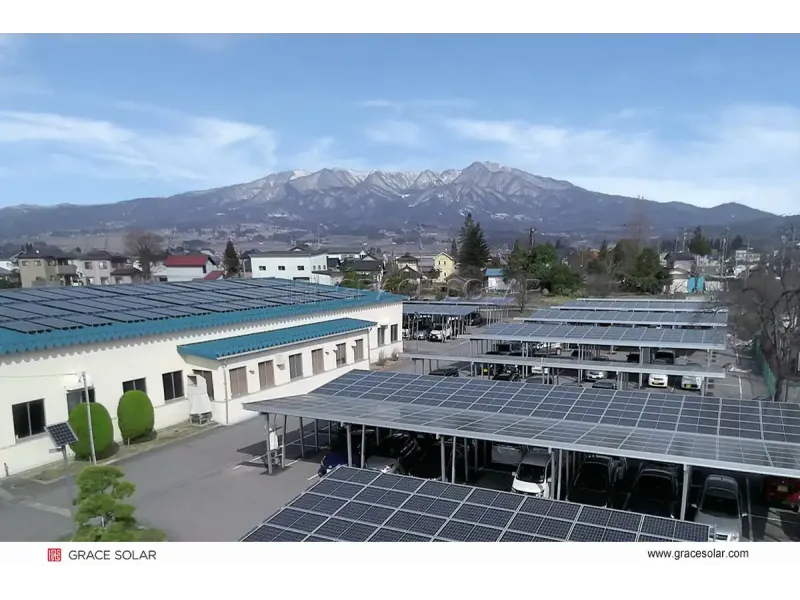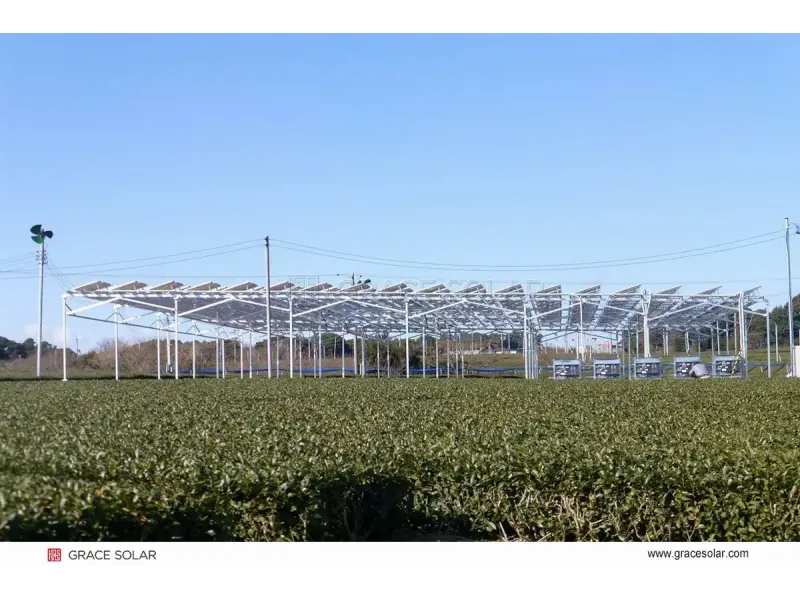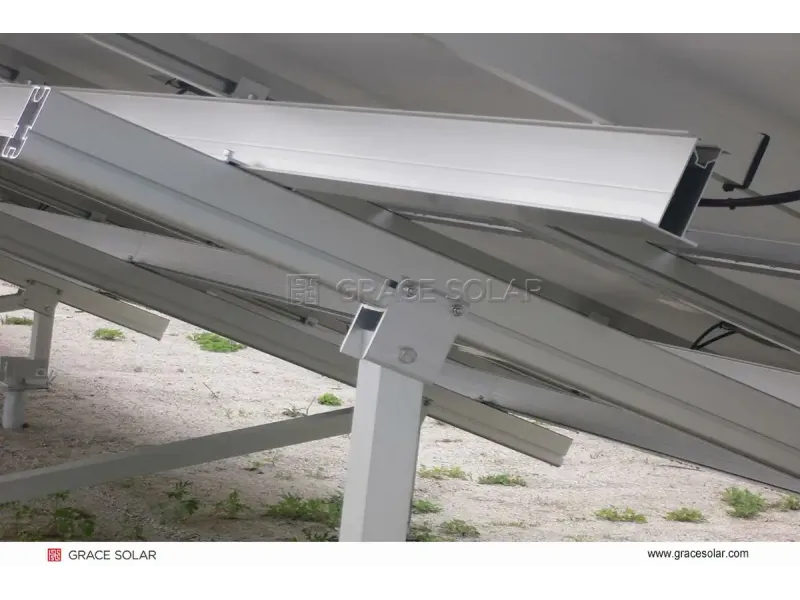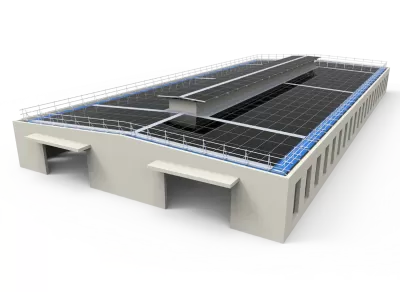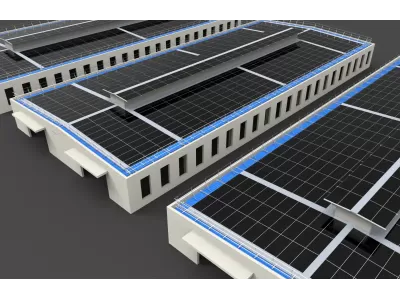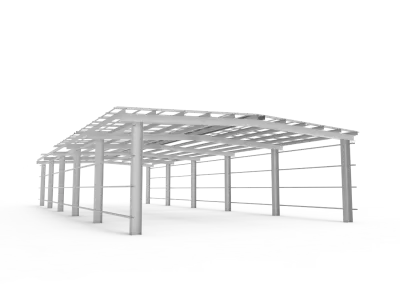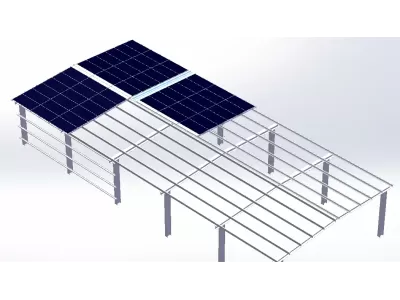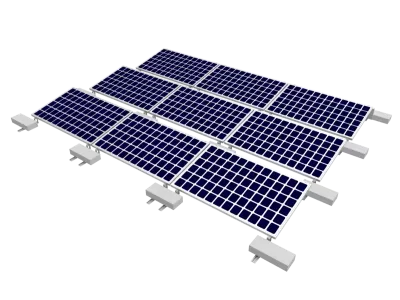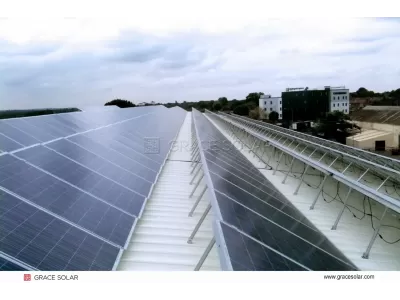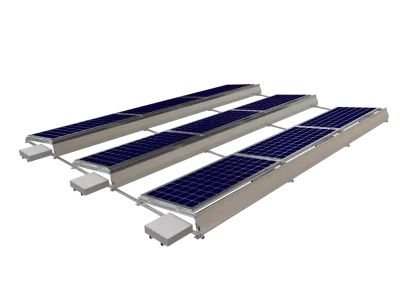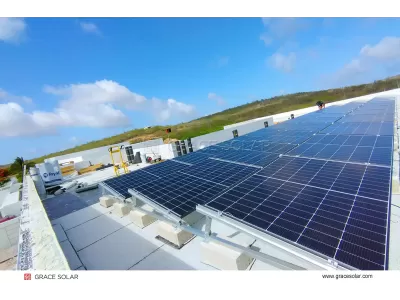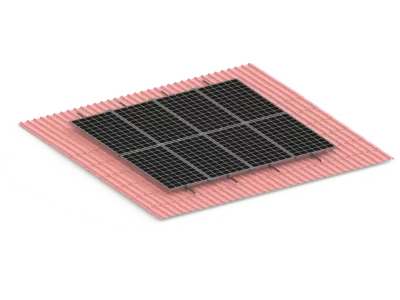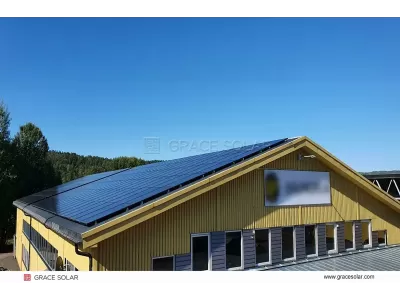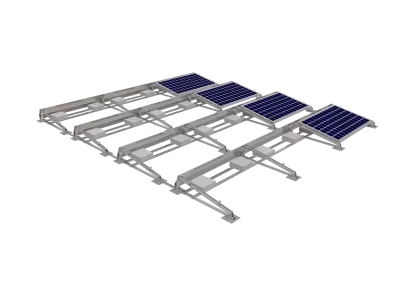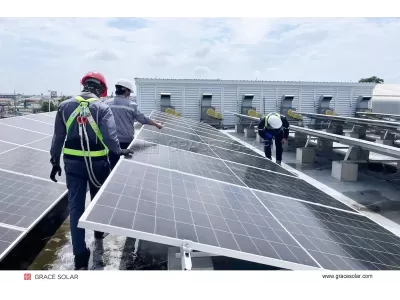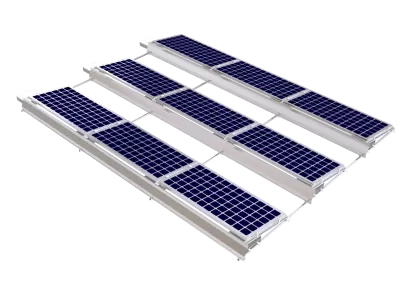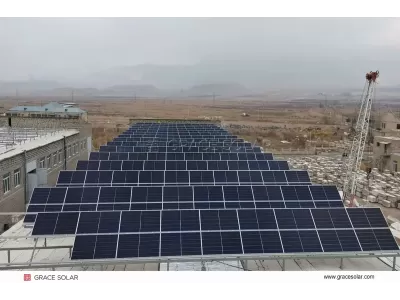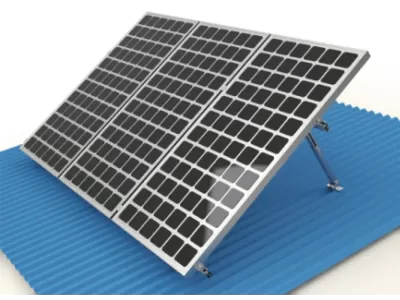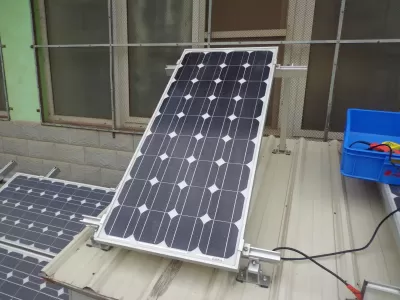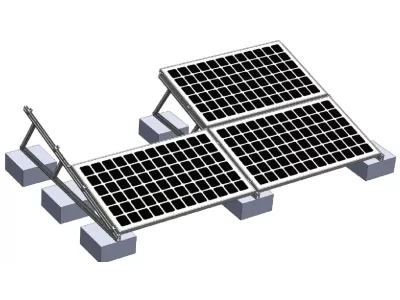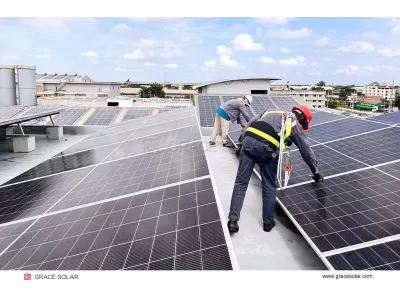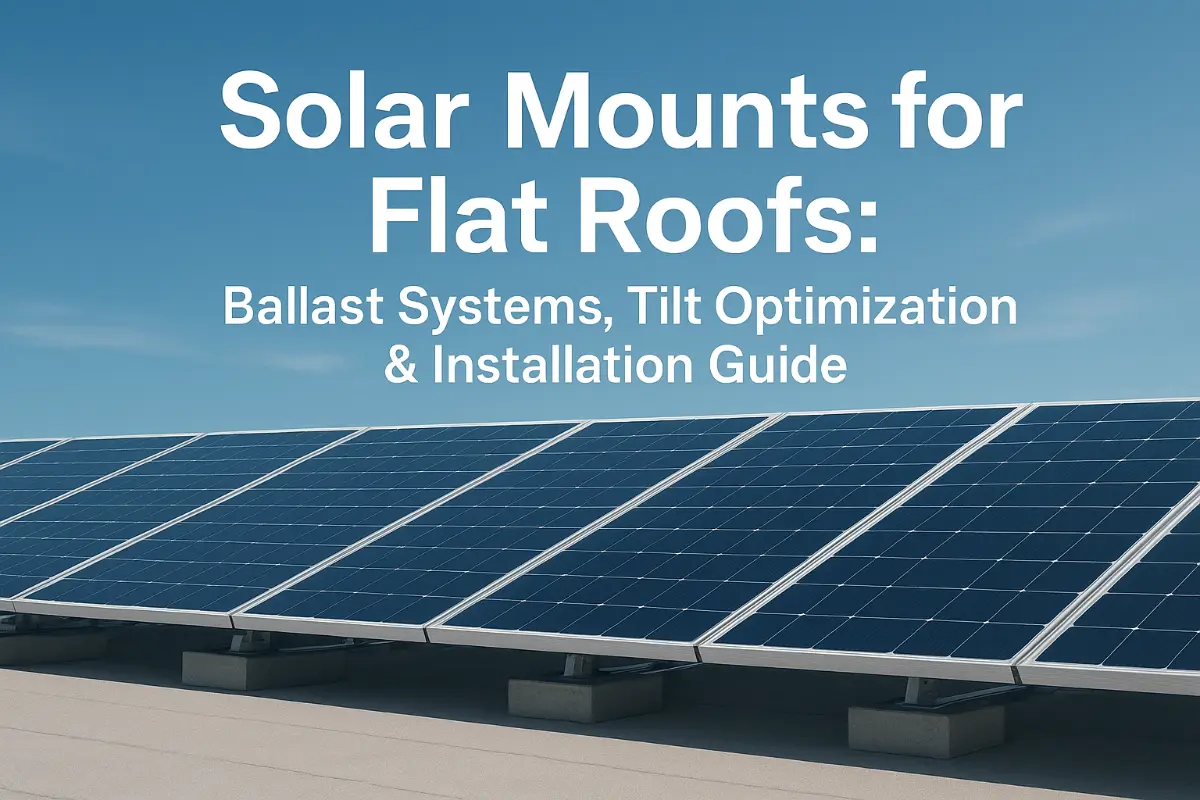
Solar Mounts for Flat Roofs: Engineering the Perfect Angle for Maximum Efficiency
Industry Insight: Flat roofs represent 42% of commercial solar installations worldwide, yet require specialized engineering to overcome drainage, wind load, and efficiency challenges. Grace Solar has pioneered ballasted mounting systems that eliminate roof penetrations while optimizing energy yield across diverse climates.
The Physics of Flat Roof Solar: Why Standard Solutions Fail
Installing solar on flat surfaces introduces unique challenges that pitched roof systems can't address effectively:
Hydrodynamic Challenges
- Water pooling reduces panel efficiency by 15-25% (NREL Study)
- Horizontal installations void 78% of manufacturer warranties
- Debris accumulation increases maintenance frequency 3x
Structural Considerations
- Wind uplift forces increase by 40% on flat surfaces
- Ballast systems add 15-25kg/m² load (requires engineering review)
- Snow accumulation can exceed 1.5kN/m² in northern climates
Space Optimization
- Requires 30% more area than sloped roofs (GreenMatch UK)
- Row spacing must prevent inter-shadowing
- Equipment zones reduce usable space by 15-20%
Grace Solar's Mounting Solutions: Engineered for Flat Roof Excellence
Ballasted Systems
Our GS-BallastPro series uses precision-calculated weights instead of roof penetrations:
- Wind Resilience: Tested to 60m/s (216 km/h) in certified wind tunnels
- Hydraulic Design: Patented drainage channels prevent water accumulation
- Modular Weights: Concrete-free ballast blocks (20% lighter than standard)
- Adjustability: 10°-35° tilt optimization for latitude alignment
Case Study: Tokyo distribution center achieved 23% higher yield than pitched-roof counterparts using our tilt optimization algorithm
Hybrid Anchor Systems
For extreme climates, our GS-WeatherMax hybrid solution combines ballast with strategic anchors:
- Seismic Resistance: AS/NZS 1170 certified for earthquake zones
- Snow Management: 45° tilt option sheds snow 3x faster
- Weight Reduction: 40% less ballast than pure systems
- Waterproofing: Triple-layer EPDM sealing at penetration points
Engineering Report: Hokkaido installation withstood 2.4m snow loads with 99.3% system uptime
The Science of Tilt: Optimizing Angles for Climate and Latitude
Research confirms optimal tilt angles vary by geographic location and seasonal sun paths:
- Basic Rule: Latitude matching angle ±15° seasonal adjustment
- Self-Cleaning Minimum: 10° for effective rain washing
- Snow Zones: 40°-45° for automatic shedding
- High Wind Areas: 10°-20° to reduce uplift forces
Grace Innovation: Our GS-TiltSmart algorithm calculates optimal angles accounting for local weather patterns and shading obstacles
| Latitude Range | Annual Optimum | Winter Adjustment | Summer Adjustment |
|---|---|---|---|
| 0°-15° (Tropical) | 10°-15° | +5° | -5° |
| 15°-35° (Subtropical) | 20°-30° | +10° | -10° |
| 35°-50° (Temperate) | 30°-40° | +15° | -15° |
| 50°+ (Boreal) | 40°-50° | +20° | -10° |
Installation Mastery: Professional Best Practices
Roof Assessment Protocol
- Load capacity verification (minimum 3.7 PSF)
- Membrane integrity testing (water penetration scan)
- Obstruction mapping (HVAC, vents, fire pathways)
- Shading analysis across seasons
Layout Optimization
- Row spacing formula: 1.5 x panel height at tilt
- Wind corridor preservation (per ASHRAE standards)
- Service access lanes (minimum 0.6m width)
- Fire setback compliance (local jurisdiction requirements)
Advanced Mounting Techniques
- Vortex generators for wind resistance
- Thermal break pads to prevent membrane damage
- Dynamic ballast distribution algorithms
- Non-corrosive aluminum alloy components
Global Case Studies: Grace Solar in Action
Osaka Logistics Center
Challenge: Typhoon-prone zone with strict no-penetration requirements
- 1.8MW system on EPDM membrane
- Wind speeds exceeding 45m/s
- Limited ballast capacity
Solution: GS-BallastPro with vortex stabilizers
Results: 12% higher yield than conventional systems | Zero damage through 3 typhoon seasons
Toronto Hospital
Challenge: Heavy snow loads with critical uptime requirements
- 2.3MW critical infrastructure
- Snow accumulation >1.5m
- Structural weight limitations
Solution: GS-WeatherMax hybrid system at 42° tilt
Results: 99.6% winter availability | Snow shedding within 4 hours
Dubai Shopping Mall
Challenge: Extreme heat + sand accumulation
- 3.5MW commercial system
- Ambient temperatures >48°C
- Daily sand deposition
Solution: GS-TiltSmart with auto-cleaning mode
Results: 18% higher output than fixed-tilt | Cleaning cycles reduced by 75%
Engineering Your Perfect Flat Roof Solution
With 48GW installed across 100+ countries, Grace Solar brings unparalleled expertise to your project
Why professionals choose Grace Solar:

